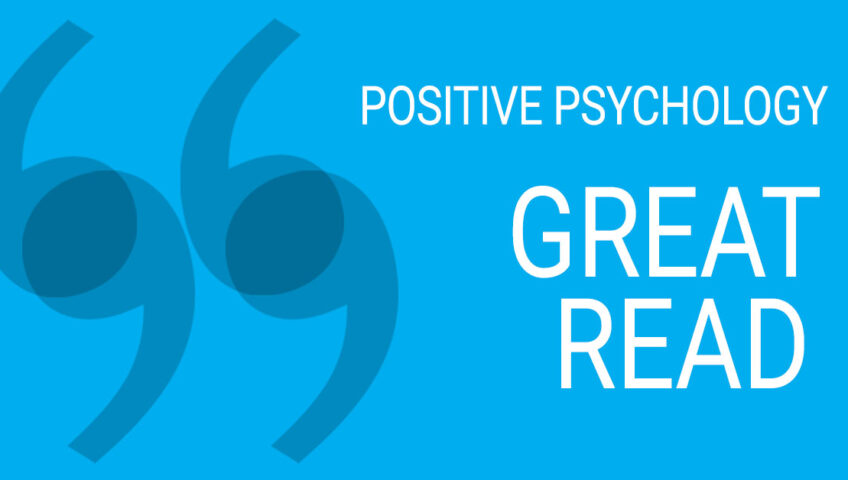A group of researchers tested the concept of positive deviance to help Vietnamese communities tackle childhood malnourishment in 1990. Within two decades, the approach reduced severe malnutrition by 74%.
Positive deviance is one of the most discussed examples of positive psychology. It’s the process of looking for people who succeed where others fail given the same resources.
The concept originated with work completed by Marian Zeitlin at Tufts University in the 1980s. Zeitlin researched developing communities in Egypt to find out why small groups of children were healthy when most children were malnourished.
The healthy children were the “deviants.” Their parents’ positive deviance allowed them to thrive despite having access to the same amount of food and resources as other families.
Jerry and Monique Sternin then came up with the idea of amplifying positive deviance. They worked with communities in Vietnam to uncover examples of positive deviance instead of trying to find new solutions for dealing with malnutrition.
Subscribe to our mailing list and receive fornightly tips and videos:
By finding positive deviants and learning more about their secrets to success, the Sternins could apply the same techniques to the entire community. This led to a major reduction in malnutrition among children and is now the model for rehabilitating malnourished children in over 20 countries.
Organisations often spend a tremendous amount of time and resources devising new business strategies. Based on the concept of positive deviance, some solutions may already exist within the organisation. Using the same techniques employed in poor communities to overcome malnutrition may help leaders or supervisors uncover effective work methods. Look for those who thrive in areas where others fail despite having access to the same resources.
If you want to learn more about the power of positive deviance for businesses, contact Think Learn Succeed to book a training session.
About the author of this article:
Eleanor Shakiba is positive psychology trainer. She teaches highly skilled professionals to think creatively, communicate constructively and become positive leaders. Eleanor’s clients work in academia, education, IT, engineering, finance and health. She is the author of the Positive Psychology Toolkit for HR and L&D practitioners. She also runs a range of retreats and workshops for trainers and facilitators.










